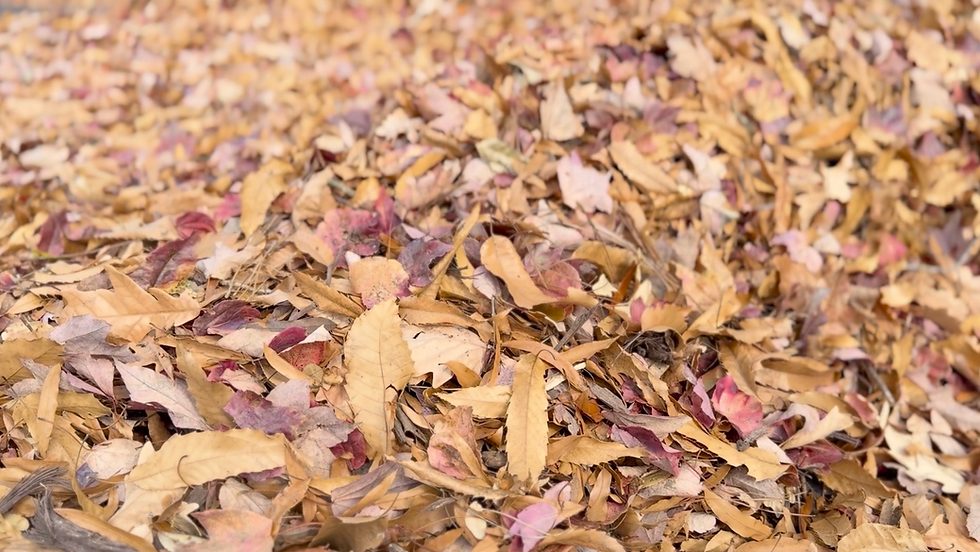TURF HEIGHT MANAGEMENT - Bermuda Turf
- GreenView Partners
- Apr 19, 2023
- 3 min read
Written by Tyner Tew, Director of Sales & Marketing

Over the past 2 years I have seen too many Bermuda turf sites where the turf is being allowed to grow too tall. Speaking from my own perspective and experience of seeing Bermuda turf sites across NC & SC, the majority of mismanaged Bermuda turf sites are being maintained at 4" or more 🤯 in height.
These increased mowing heights mostly stem from miseducating the customer (or lack thereof) and just saying "yes" to appease customer demands to reduce "scalping", or what they deem as scalping. Other factors have been labor shortages, and allowing untrained operators to mow Bermuda turf without educating them on proper mowing heights for different turf types.
Bermuda turf loves to be maintained at a low height, which likely requires multiple mows per week, on level turf, with a reel mower. If a reel mower is being used, 3/4" - 1" is the general recommended height. Golf courses, even shorter. Since most commercial & homeowner landscapes can only afford (1) mow per week, with fixed-deck mowers, on uneven (bumpy) terrain, the mowing height should be around 2" - 2.5".
Why is shorter turf (3/4" - 2.5" max) better for turf health and appearance?
- Increased sunlight in the turf, promotes a greener leaf blade.
- Bermuda turf is a creeping turf that grows from stolons. When cut low, it promotes the turf to grow horizontally, filling in bare areas quicker than if allowed to grow taller.
- This increase in horizontal growth creates a dense and full turf, the carpet finish we all love.
Why is mowing it taller (3" and above) bad for turf health?
- Decreased sunlight into the turf decreases turf color (as seen in photos).
- Less sunlight results in less density, creating micro bare areas - losing that carpet look we all love about Bermuda turf.
- When the two situations above occur, a "false scalping" occurs more often over time, due to the fact that there is so little turf blade that is green (as seen in photo).
- With the majority of residential & commercial lawns having bumpy and uneven terrain, "false scalping" is a big complaint topic for property managers and homeowners.
Photo 1 was taken July 2022 from a community in Leland, NC where turf was being maintained at 4 inches, prior to being cut the day of the photo.
Photo 2 & 3 were taken at a community in Mount Holly, NC in August 2022 where the turf was being maintained between 5"-6"

Photo of uneven terrain at a new community in Lancaster, SC. This uneven terrain increases scalping/false scalping opportunities to occur. This can be easily fixed by topdressing your turf to fix uneven areas.
How do we reduce scalping, or false scalping?
- Distinguish the difference of scalping vs. false scalping. Scalping is when turf is cut so low, that the crown of the turf plant is damaged or removed. False scalping is when the green portion of the turf is removed, and the brown portion (shaded portion) is exposed.
- In most cases, cutting turf shorter, more often, will address the false scalping HOA community sites and Commercial sites commonly experience.
- In conjunction to mowing shorter & more often, Top Dressing/Leveling turf grade will help resolve "false scalping" and actual scalping of turf by filling in the uneven areas that cause mower decks to dip below the desired mowing height.
If you would like more information on turf height management, please contact your GreenView Partners Account Manager.












Comments